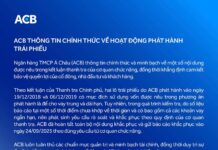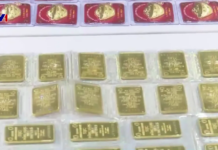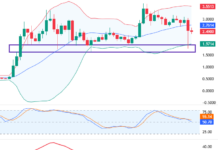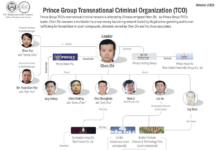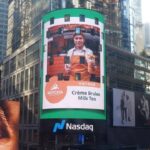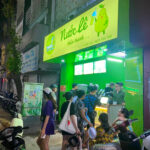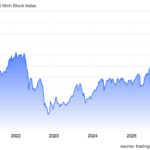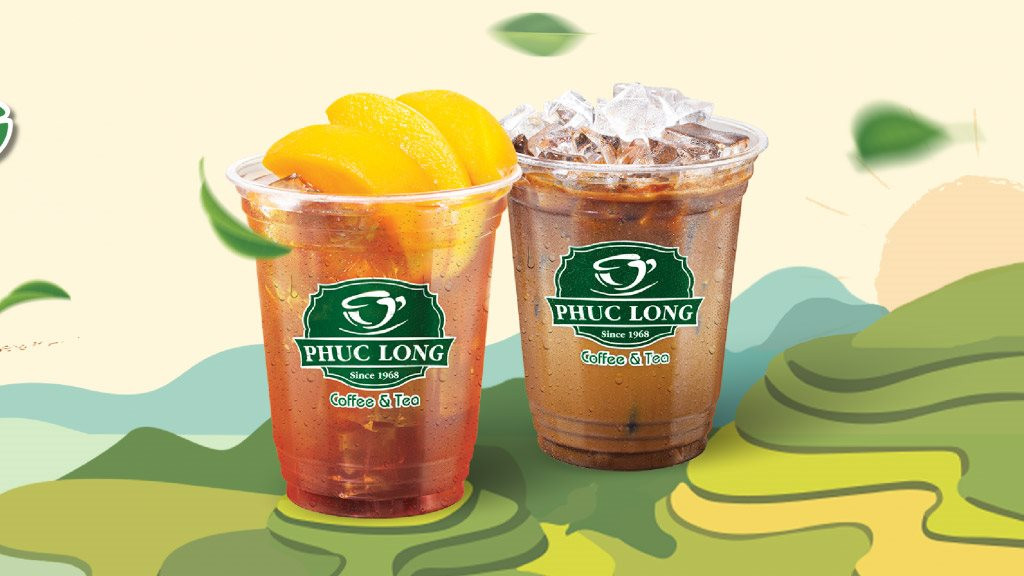
From Dingtea to Tocotoco…
2017 could be dubbed the “year of bubble tea.” Some even jokingly said that a new bubble tea brand seemed to appear every time they blinked. Many central streets in Hanoi and Ho Chi Minh City were nicknamed “bubble tea streets” due to the dense concentration of these beverage shops within just a few dozen meters.
Dingtea is the largest bubble tea chain in Hanoi with 80 stores, and the number is approaching 200 nationwide. Tocotoco follows closely with approximately 66 and 124 stores respectively (according to information updated on the Dingtea and Tocotoco websites). In the Ho Chi Minh City market, the leading positions belong to Hot & Cold, Hoa Huong Duong, and Phuc Long.
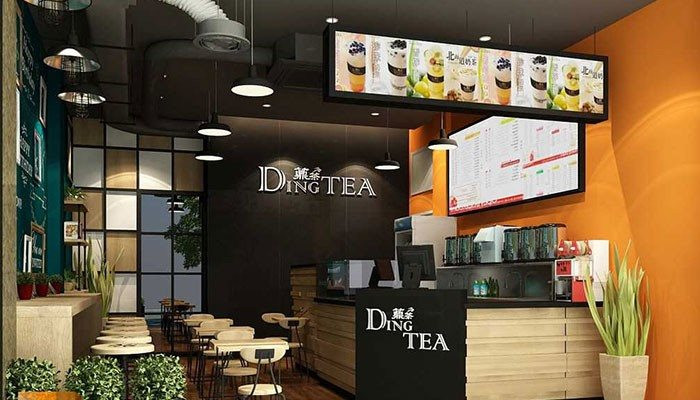
Dingtea is the largest bubble tea chain in Hanoi with 80 stores, and the number is approaching 200 nationwide.
The bubble tea craze even impacted the real estate market in some areas, with an increased demand for rentals to sell this item. A report by a research unit in Ho Chi Minh City showed that the value of real estate on some streets that sold this product had increased by 25-71% compared to the same period in 2016.
However, since 2018, after a period of rapid growth with thousands of bubble tea shops springing up everywhere, the market became saturated.
F&B expert Nguyen Thai Binh, COO of HT House – a company that manages and develops mid-range and high-end restaurant chains, commented that customers gradually got bored as the flavors of bubble tea became similar, as they used the same imported ingredients and brewing methods. Apart from tea, brands only competed with each other in terms of convenience by opening more stores, followed by toppings.
By 2019, bubble tea brands began to downsize, many shops had to return their premises, and the once bustling “bubble tea streets” became less crowded.
In 2020 and 2021, the Covid-19 pandemic swept through, causing many businesses to struggle.
Vietdata’s report on the bubble tea chain market showed that many bubble tea brands saw a decline in performance in 2023.
Data from this data provider platform showed that last year, Tocotoco’s net revenue reached nearly VND 380 billion, down 17% compared to 2022, equivalent to a loss of about VND 77.5 billion. Notably, the chain’s after-tax profit has been negative for three consecutive years, with the largest loss in 2023 of more than VND 112 billion. In 2021-2022, losses were over VND 77 billion and VND 54 billion, respectively.
Meanwhile, Ding Tea’s net revenue in 2023 was only VND 30 billion, down 35% compared to 2022, and profit after tax decreased by 80% but not to the point of loss. In 2022, Ding Tea also recorded a revenue growth rate of over 35% and profit after tax also increased to nearly 160%.
The bubble tea craze seemed to be fading, but at that time, strong-flavored tea became a trend, along with the emergence of many new Vietnamese brands with strong-flavored tea products, Oolong tea…
Phuc Long and Phe La Revitalize Vietnamese Tea Brands
Among the names that are “hot” at the moment, the first to mention is undoubtedly Phuc Long. From its inception, Phuc Long has had the most prominent strength in terms of product flavor with a strong tea flavor that is both traditional and modern.
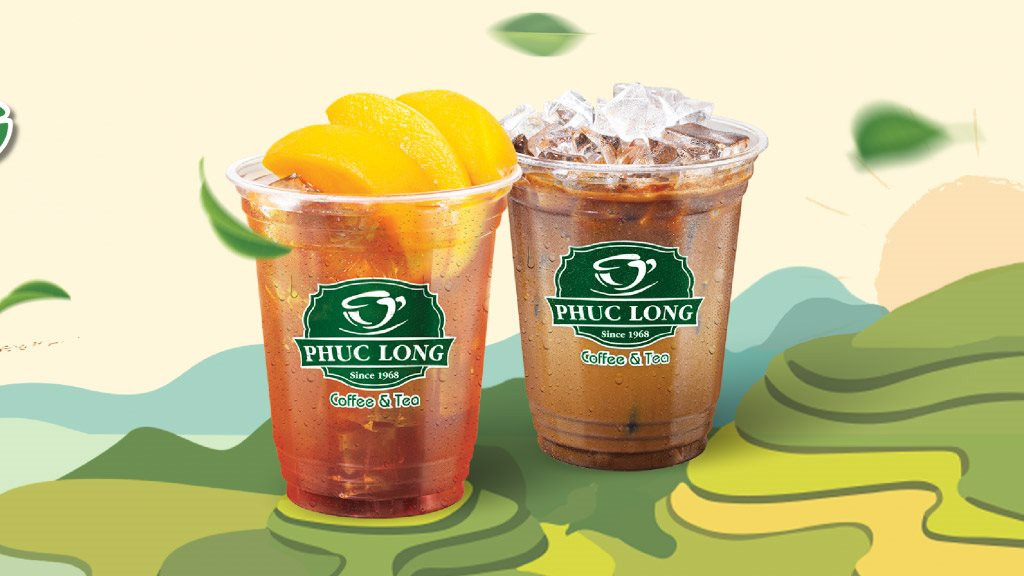
Phuc Long has the most prominent strength in terms of product flavor with a strong tea flavor that is both traditional and modern.
Notably, in 2023, the M&A deal between Masan and Phuc Long attracted the most attention. Mr. Lam Boi Minh, the founder of Phuc Long, once shared that with the vision and scale of the corporation, Phuc Long would create its own unique path. His goal was for Phuc Long to inherit and promote traditional values, combining modern drinking styles, bringing the flavor of “Vietnamese tea and coffee” to global customers.
Up to now, according to Masan’s report, in 2023, Phuc Long recorded a revenue of VND 1,535 billion. At the end of 2023, Phuc Long had 156 stores outside of VinCommerce. This year, the chain is expected to achieve a revenue of VND 1,790 billion to VND 2,170 billion, equivalent to an increase of 17% to 41% over the previous year, and plans to open from 30 to 60 new stores.
Also in the “strong tea” segment with Phuc Long, Phe La focuses on developing and promoting Oolong tea specialties from Da Lat and bringing them closer to the community.
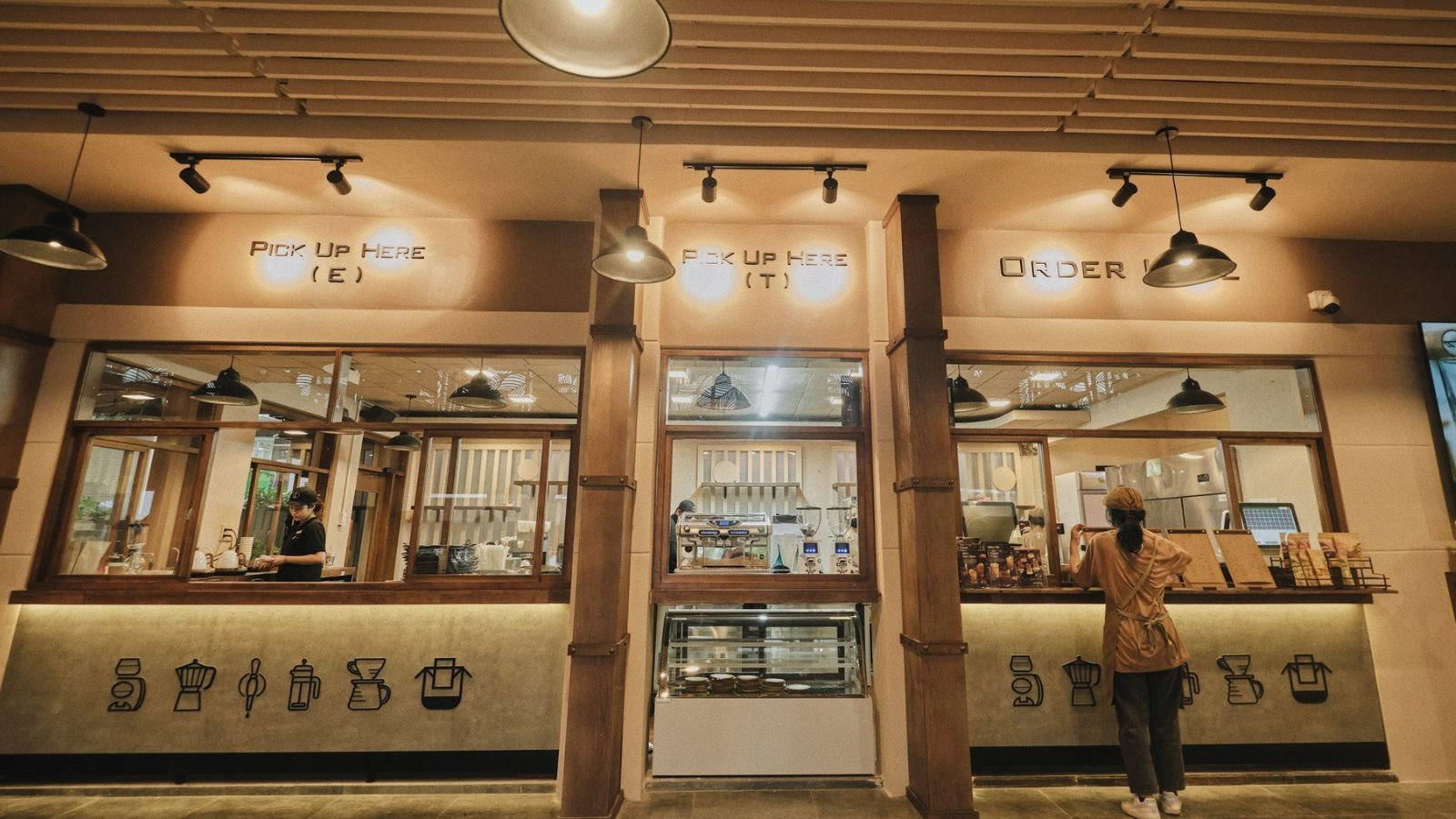
Phe La focuses on developing and promoting Oolong tea specialties from Da Lat.
In the 4 years of its presence in the market, Phe La has opened 31 stores (as of early September 2024). In many stores, this brand dedicates an area to limited guests and only sells pure tea and manually brewed coffee. Vietdata’s report shows that in 2023, Phe La achieved revenue of nearly VND 300 billion and about VND 57 billion in profit. Recently, in June 2024, Phe La announced that it would open from 4:00 to 23:00 to serve young people who want to drink tea and watch the sunrise, attracting great attention from tea enthusiasts.
After Phuc Long and Phe La, the strong tea market also saw the rise of many other names.
Cheese Coffee is also a leading name that has a strong influence on young people. Up to now, Cheese Coffee has had 16 stores in Ho Chi Minh City and 1 store in Hanoi.
La Boong, established in July 2023, now has nearly 100 stores and aims to increase this number to 130-140 by the end of this year. Vu Viet Anh, founder of La Boong, shared that tea ingredients in Vietnam are becoming more localized. Previously, most tea-growing regions in Vietnam only harvested and exported raw materials without producing finished products for tea brewing, so enterprises had to import materials from abroad. However, some tea-growing areas, such as Da Lat, have now updated their production technology to provide finished products specifically for brewing tea and fruit tea.
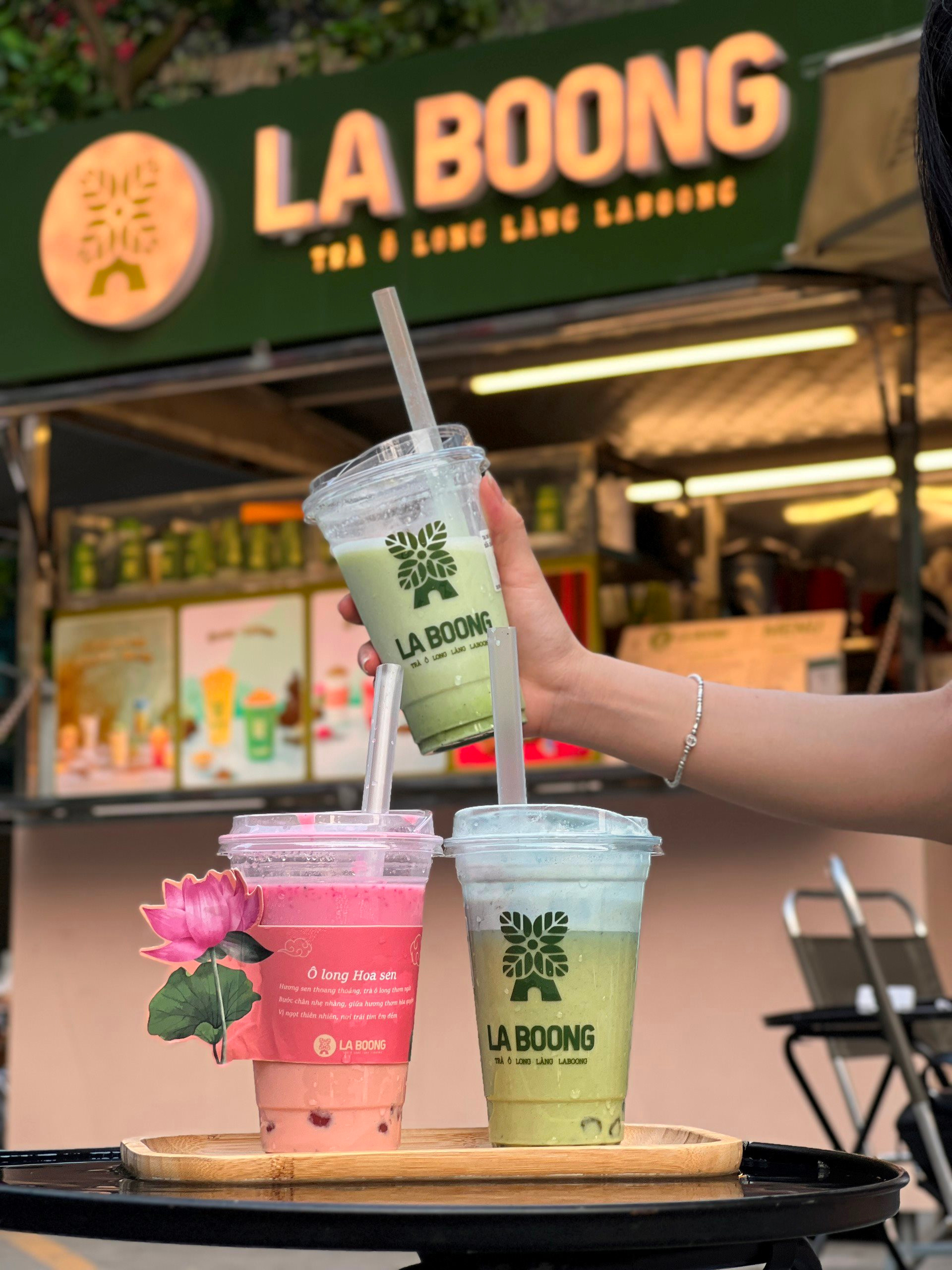
La Boong aims to increase its store count to 130-140 by the end of this year.
A brand that is also making a strong impression with its strong tea style is La Si Mi. The chain also stated that they use fresh tea ingredients from Lam Dong Highlands, especially Oolong tea, to create authentic tea drinks. La Si Mi currently has 37 stores covering most of Ho Chi Minh City and key tourist provinces from Da Nang to the South, along with 4 addresses in Hanoi.
F&B expert Nguyen Thai Binh shared his thoughts on the growing popularity of strong tea in the market: “‘Trends’ will be born, expanded, and then decline before a new cycle begins. I think that strong tea is currently in the early stages of being born and expanded.”
The Sip and the Buzz: How Phúc Long and Phê La Prolong the ‘Addiction’ to Milk Tea, Brewing a Storm for Specialty Tea in Vietnam
About a decade ago, it seemed like you couldn’t walk a few blocks without stumbling upon a new bubble tea shop, with foreign brands like Royal Tea and Dingtea leading the trend. Fast forward to the present, and it’s now equally common to spot shops advertising “strong-flavored tea” with every few steps. Interestingly, this “strong-flavored tea” trend, which may seem like a recent phenomenon, could have potentially started over 20 years ago when Phúc Long first opened its doors on Mạc Thị Bưởi Street, Ho Chi Minh City, back in 2005.








